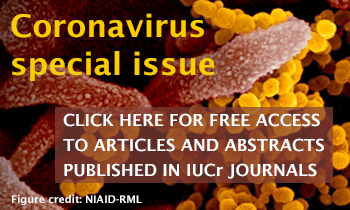issue contents
February 2023 issue
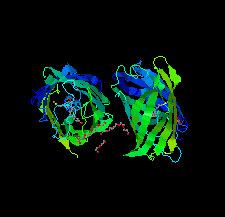
Cover illustration: The reversibly switchable red fluorescent protein rsCherryRev1.4 [Bui et al. (2023), Acta Cryst. F79, 38–44]. In this protein, dimerization has been found to be controlled via disulfide cross-linking, which suggests a possible use in developing redox sensors.
research communications
The crystal structure of D-threonine aldolase from the green alga Chlamydomonas reinhardtii was determined at 1.85 Å resolution and is the first structure of a eukaryotic D-threonine aldolase to be determined.
PDB reference: D-threonine aldolase, 7yqa
The 2 Å resolution crystal structure of rsCherryRev1.4 illustrates dimer formation via a disulfide linkage in a fluorescent protein.
PDB reference: dimeric rsCherryRev1.4, 8bgl
Open  access
access
 access
accessNew purification protocols for the second luminal domain of Nieman–Pick C1 protein, which serves as the intracellular receptor for Ebola and Marburg viruses, are reported together with a crystal structure, offering a structural view of the Ebola virus binding site.
PDB reference: NPC1 luminal domain C, 8eus

 journal menu
journal menu











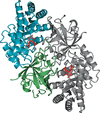
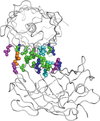

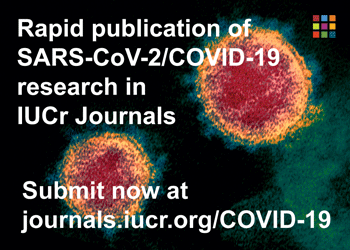
![[publBio]](/logos/publbio.gif)
